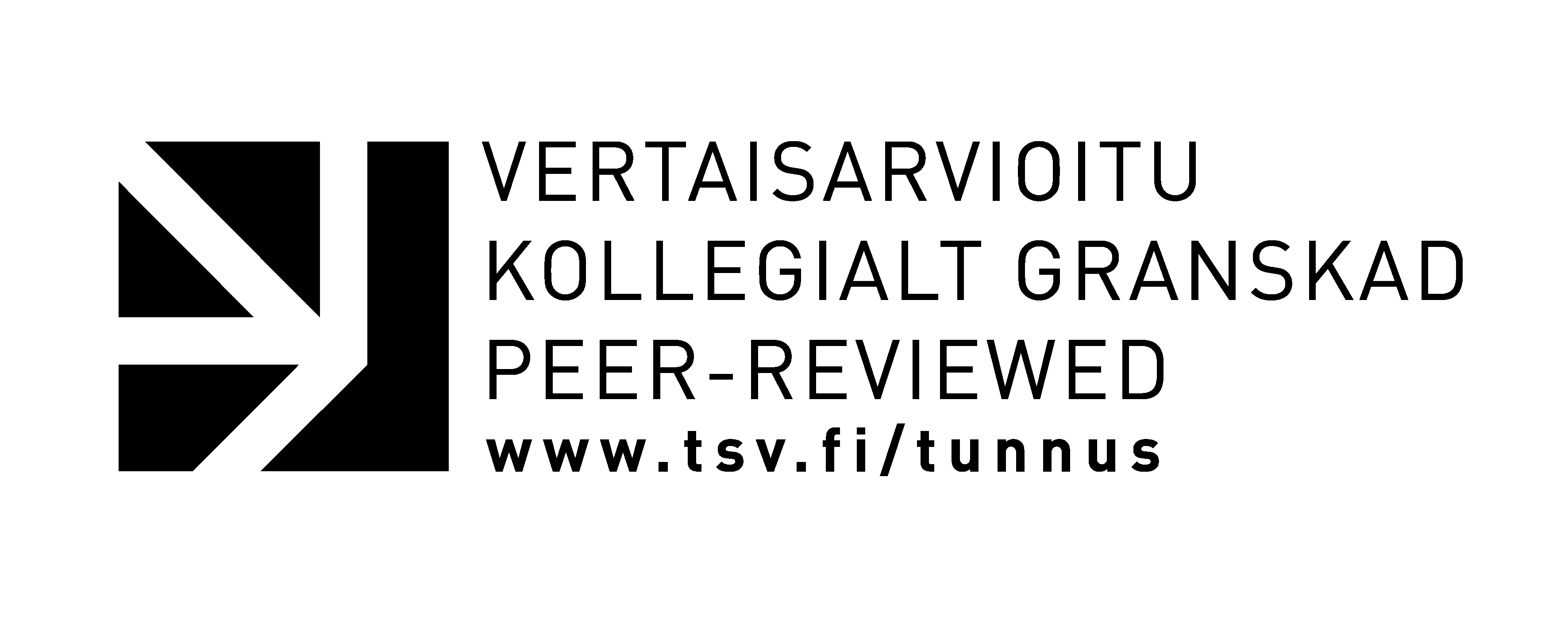Politics of memory: Historical battlefields and sense of place
Abstrakti
The historical landscapes of war and conflict — such as battlefields, remains of military constructions, memorials and graveyards — are fundamental parts of the national iconography of modern states. They stand there not just for their own sake but to — regardless of its pitfalls and mythological aspects — evince a nationalistic narrative of unified history and culture from past time up to the present day. The meanings and historical narratives related to places and landscapes are part of continuous processes of reproduction and representation. Historical places and landscapes and their meanings have never arisen for nothing. On the contrary, they are a part of wider social discourses and the reading and interpretation practices associated with these. These discourses act as frameworks that include particular combinations of narratives, concepts, myths, ideologies and signifying practices, each relevant to a particular realm of social action. They can enable and constrain meanings by constituting the limits within which ideas and practices are considered to be natural. In this article certain factors or interpretation practices related to the historical landscapes of war are identified and discussed. These factors may be identified as processes of 1) marking 2) naming 3) seeing and 4) controlling.







